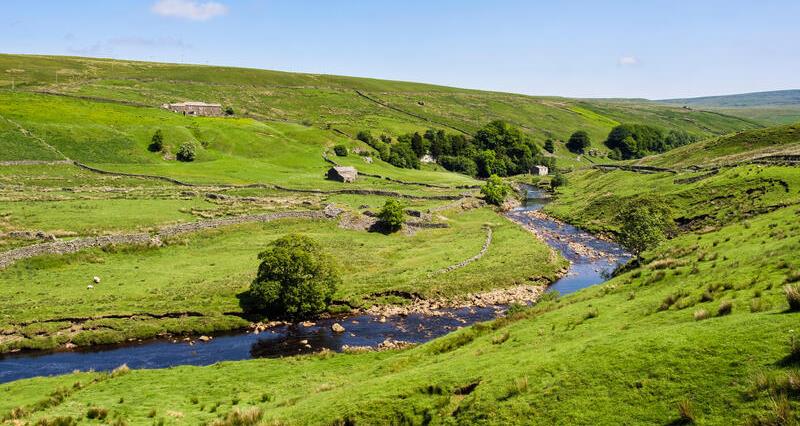Our countryside is predominantly an agricultural landscape – 67%, but farmers are overwhelmed by competing / conflicting demands on their land, including the needs of agricultural production (food and non-food), for leisure and recreation, requirements for biodiversity net gain, protected landscapes, and the need for economic and residential development alongside national strategic infrastructure.
While this consultation does address several concerns that the NFU had raised in advance, it contains some tough proposals and questionable assumptions that we will want to challenge.
It is part of the government’s growth agenda and the Land Use Framework will support land managers and other decision makers to deliver a combination of these benefits.
The Land Use Framework will also be the first in a series of government land-based strategies alongside the Farming Roadmap, a revised Environmental Improvement Plan, a Food Strategy and the Carbon Budget 7.
Defra says the consultation will provide decision makers with the data they need to protect the most productive agricultural land, boosting Britain’s food security in a time of global uncertainty and a changing climate.
Key considerations
The NFU welcomes stated commitments from the government, such as: “The primary purpose of farming will always be to produce food to feed the nation.”
Also that the Framework “is not intended to be used to bind decision makers or prescribe land uses in specific places”.
However, we are conscious that there are competing demands, such as meeting statutory environmental targets, including tree cover and habitat restoration/creation targets that may take precedence.
In addition, there is a proposal for 9% of UAA (Utilised Agricultural Area) to be taken out of agricultural production by 2050 (for activities such as restoration and maintenance of peat habitats, woodland, etc), which is a key concern.
See the table below.
Added to this, Defra assumes that the level of food production can be maintained or even moderately increased alongside land use changes, which we question.
| |
Land management/use change |
Resulting outcome |
Estimated amount of land of UAA to 2050 across Environment Act Targets and Net Zero |
| Category 1 |
Land management change
e.g. cover crops, reduced fertiliser use |
Food production |
Not in scope |
| Category 2 |
Small changes maintaining the same agricultural land use e.g. field margins, buffer strips next to rivers |
Food production |
1 % (50 kha) |
| Category 3.1 |
Changes in agricultural land use, for both food and env / climate benefits
e.g. mainly about agroforestry, alongside food production |
Food production & env / climate benefits |
4 % (370 kha) |
| Category 3.2 |
Changes in agricultural land use, mainly for env / climate benefits, limited food production
e.g. creation/restoration of species-rich grassland habitats, planting of miscanthus and short rotation coppice |
Env / climate benefits
& non-food agricultural production |
5 % (430 kha) |
| Category 4 |
Change away from agricultural land, for env / climate benefits
e.g. tree planting, creation/restoration of heathland habitats and restoration/maintenance of peatland habitats |
Env / climate benefits |
9 % (760 kha) |
